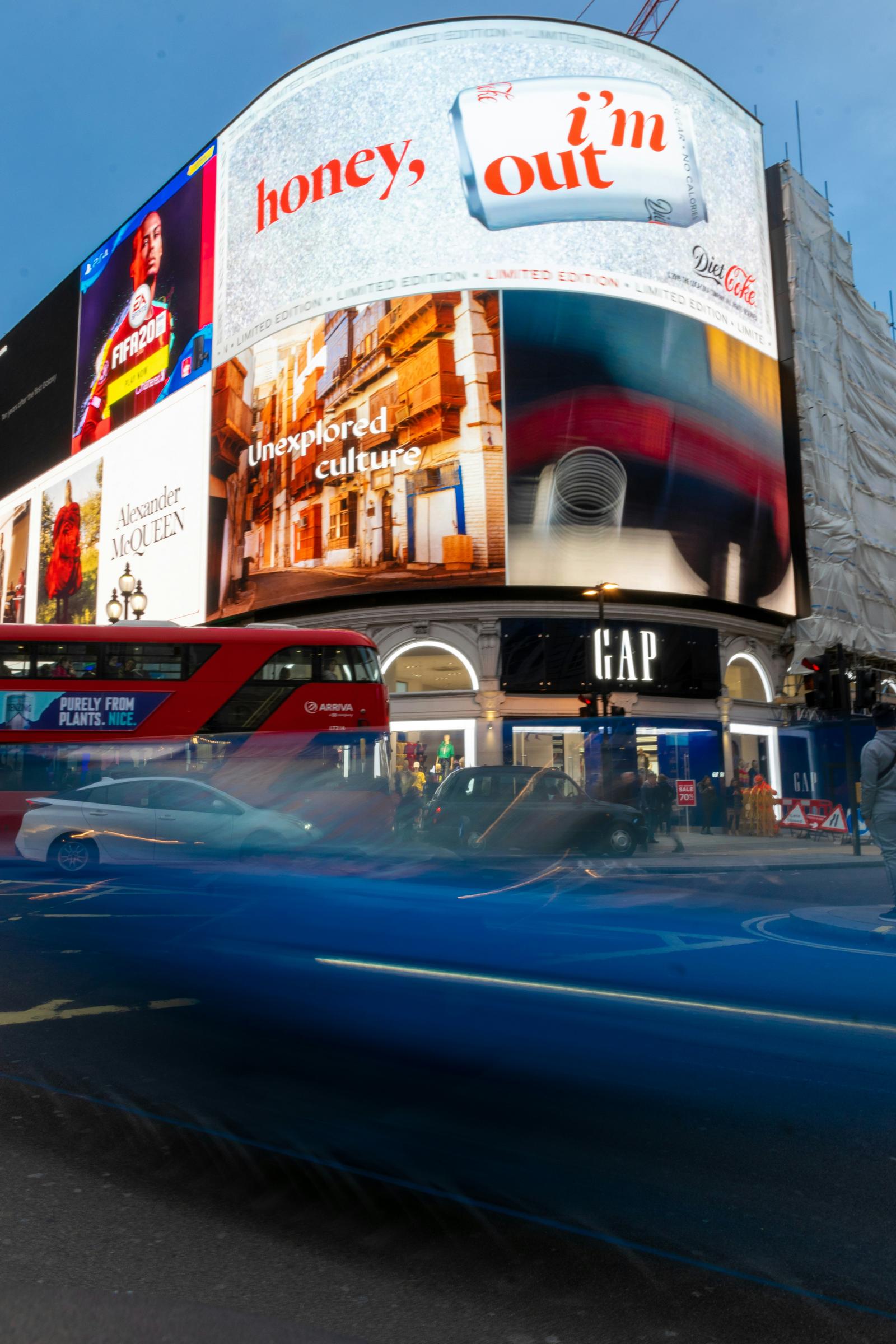Visual Communication & Design

Purpose and Structure
The focus of this study is on using visual language to communicate messages, ideas and concepts. This involves acquiring and applying design thinking skills as well as drawing skills to make messages, ideas and concepts visible and tangible. Students practice their ability to draw what they observe and use visualisation drawing methods to explore their own ideas and concepts. Students develop an understanding of the importance of presentation drawings to clearly communicate their final visual communications.
Unit 1: Introduction to Visual Communication Design
The primary focus of this unit is on students developing drawing skills as a means of communication and an understanding of how visual communications are shaped by past and contemporary factors.
There are three areas of study in this unit:
• Drawing as a means of communication: producing a folio of small observational, visualisation, technical and presentation drawings
• Design elements and design principles: applying these to a set project
• Visual communications in context: learning about design history and the influences that society, events, environment, culture, politics, new technologies and media have upon design through the last century.
Unit 2: Applications of Visual Communication Design
This unit focuses on the application of Visual Communication Design knowledge, design thinking skills and drawing methods to create visual communications to meet specific purposes in designated areas.
There are three areas of study in this unit:
• Technical drawing in context (architecture)
• Type and imagery in context (print communication design)
• Applying the design process (product or package design project, applying the full design process.
Unit 3: Design Thinking and Practice
Students gain further understanding of the process which designers employ to structure their thinking and communicate ideas with clients, target audiences, other designers and specialists. Through practical investigation and analysis of existing visual communications, students gain insight into how the selection of methods, media, materials and the application of design elements and design principles can create effective visual communications for specific audiences and purposes. Three fields are considered: Communication design (print and digital design), Industrial Design (product designs) and Environmental design (Architecture, including exterior, interior, way finding and landscape design).
A large folio project is then begun, with students selecting a client with two visual communication needs to be resolved, described in a design brief. They collect research for these and generate a range of ideas that lead to the selection of two design concepts for each communication need.
Unit 4: Design Development and Presentation
Students continue work on their Folio project from Unit 3. They investigate and experiment with the use of manual and digital methods, media and materials to make informed decisions when selecting suitable approaches for the development of their own design ideas and concepts. The focus of this unit is the development of design concepts, a pitch of their concepts to peers, and the production of two final visual communication presentations that meet the requirements of the brief.
